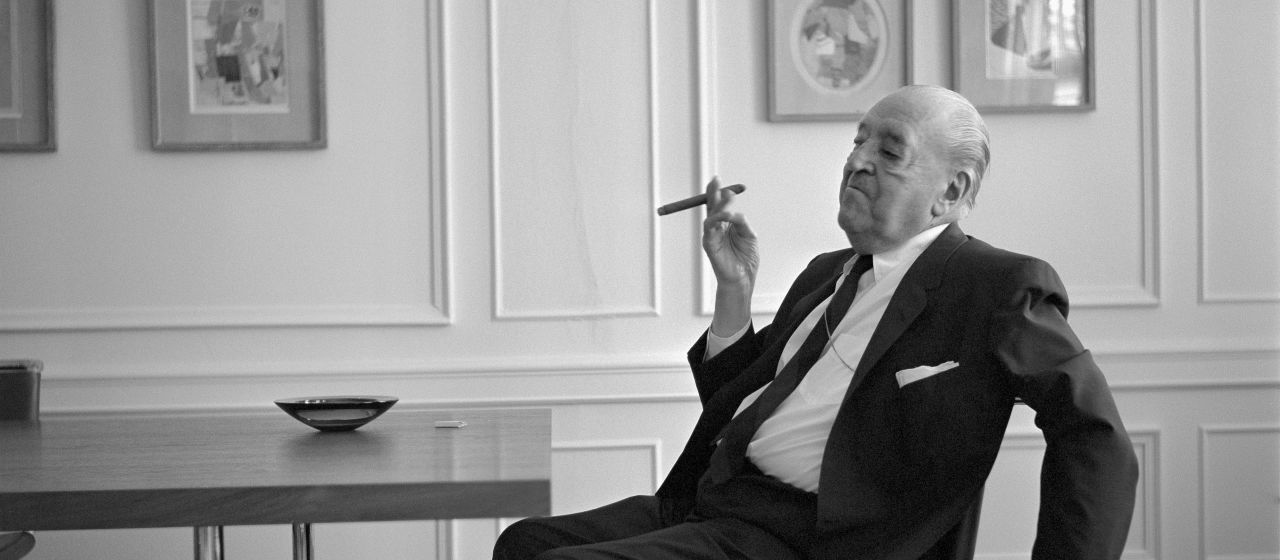
Mies van der Rohe (1886 – 1969)
Architect of the McCormick House
Ludwig Mies van der Rohe (American, b. Germany, 1886-1969), commonly referred to as Mies, is considered one of the 20th Century’s greatest architects. In his lifetime he achieved international recognition for his visionary minimal designs, and is credited with popularizing the phrase “less is more.” In 1921, he proposed a skyscraper entirely made of glass and steel. While this reductive geometric design did not get built, it later became a modern standard. From 1930 to 1933, he served as the last director of the Bauhaus—a legendary German school for design, architecture, and applied arts—before it was closed by the Nazi regime. He later fled the country and came to Chicago to lead the Department of Architecture of the Armour Institute, which later became the Illinois Institute of Technology (IIT). His influential career in Chicago and the United States altered the course of architecture forever. His sleek, bold glass and steel structures are now a hallmark of Chicago’s skyline, including the 860-880 Lake Shore Drive apartment towers (1951) that had a direct influence on the McCormick House (1952). Mies developed the master plan for IIT, including twenty of his own buildings, influencing generations of design and architecture students at the college.